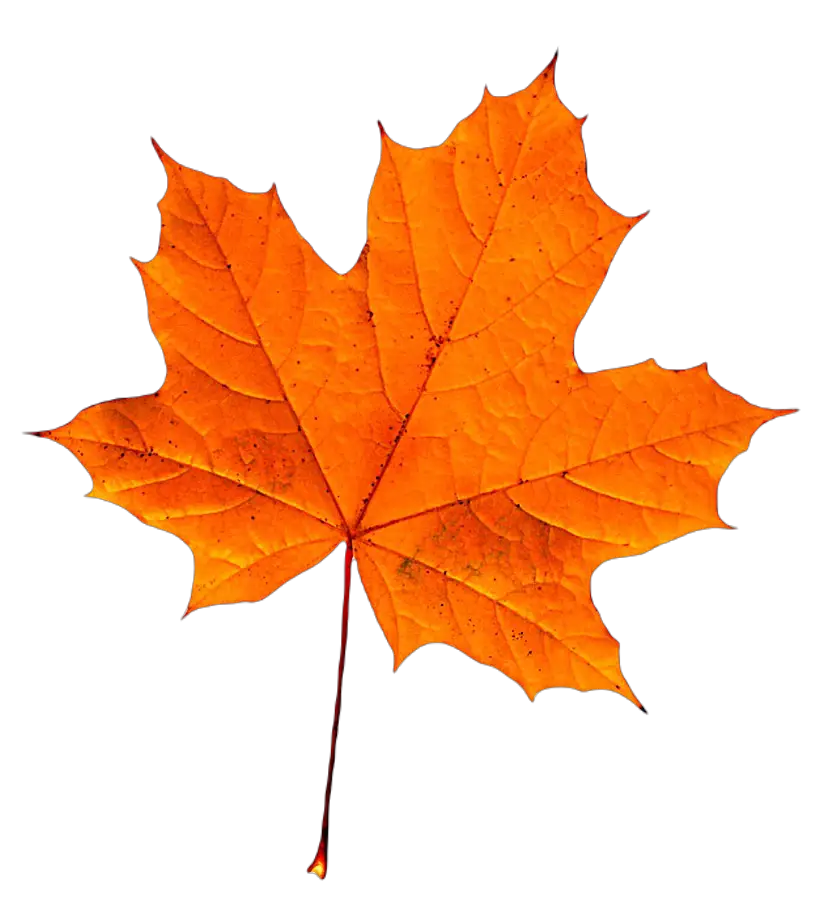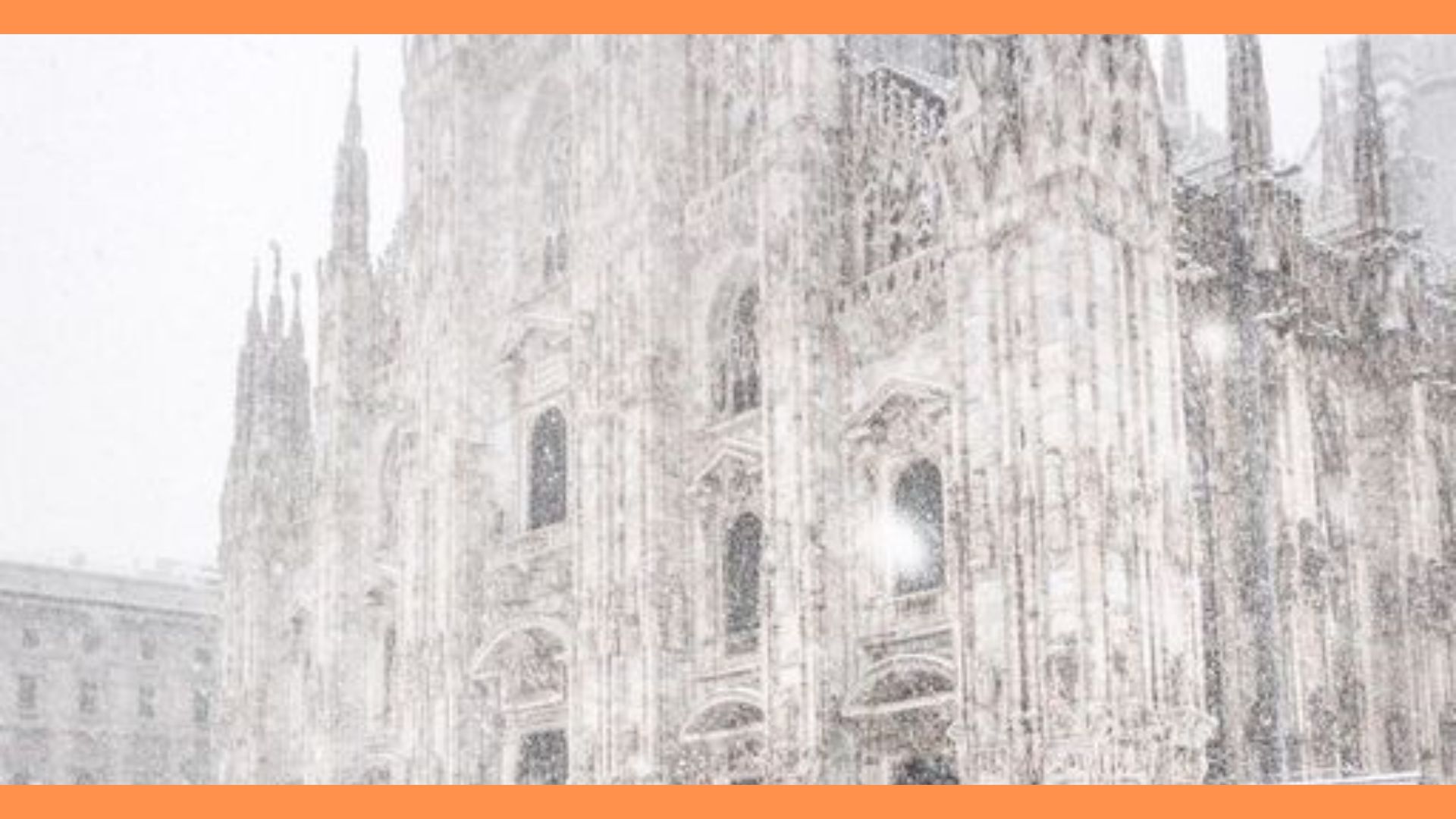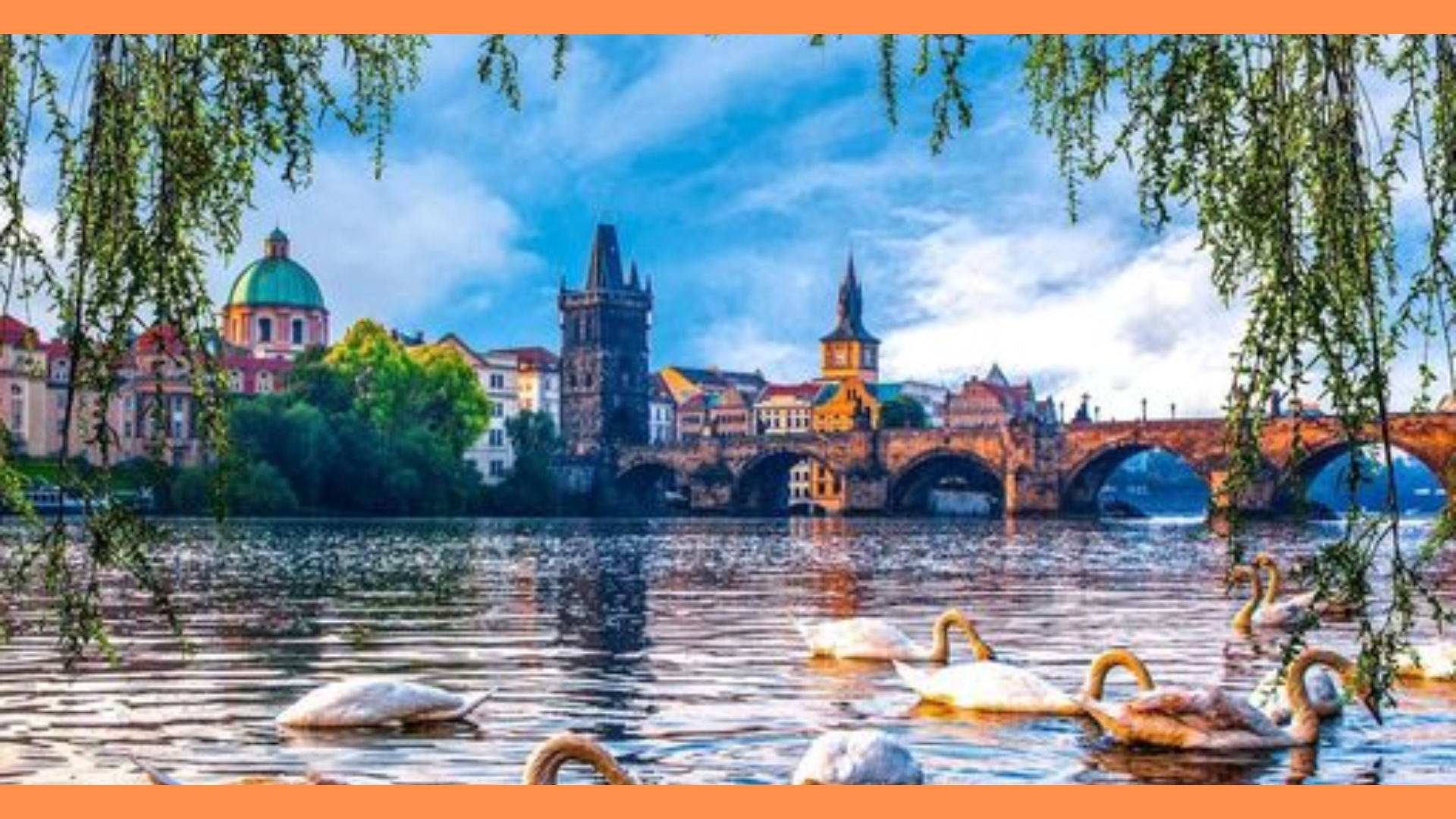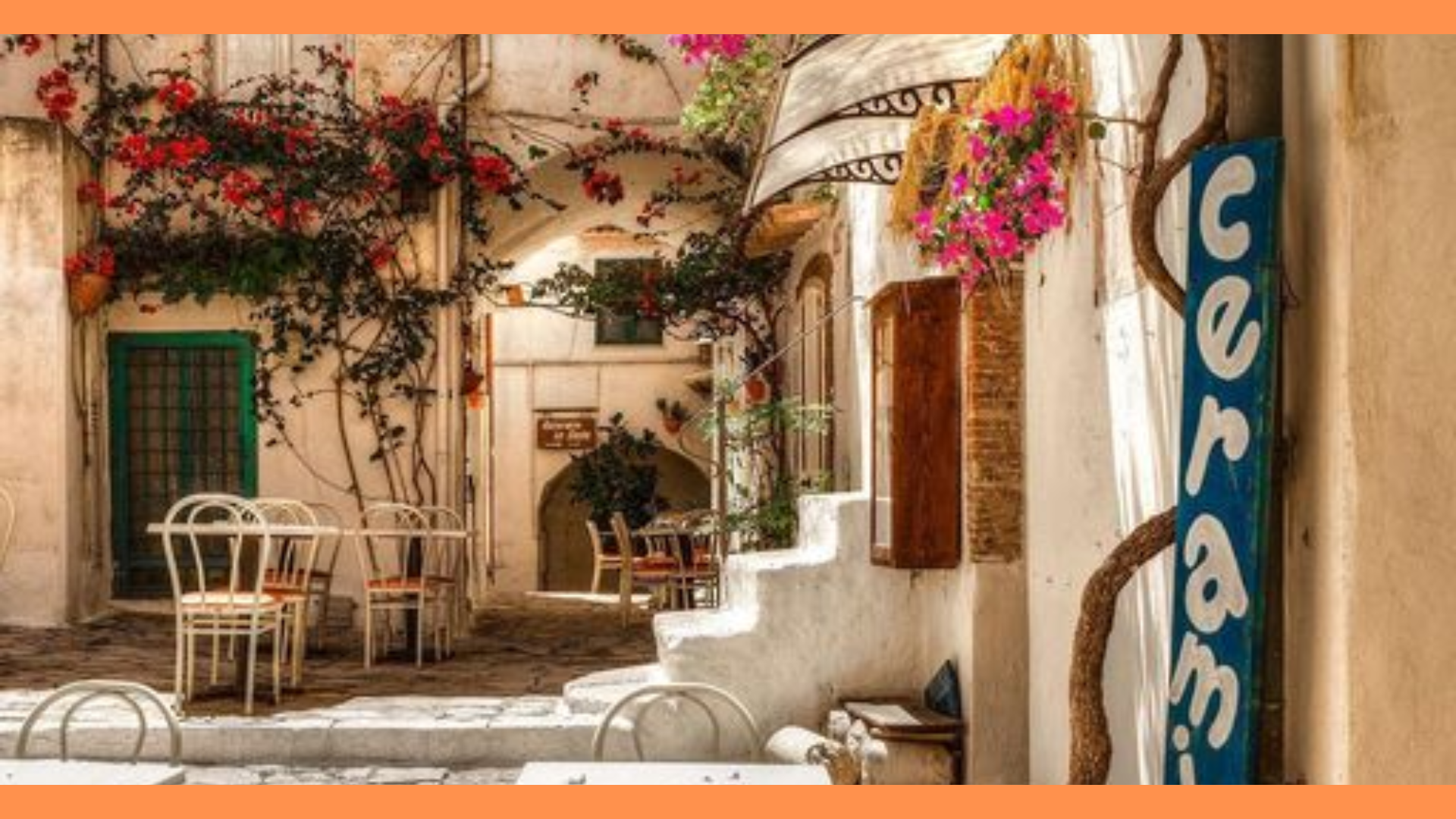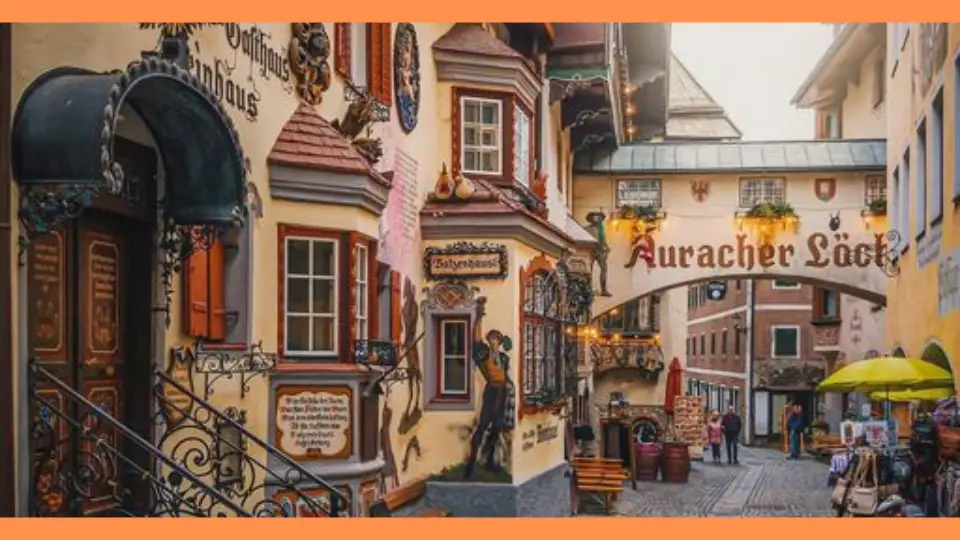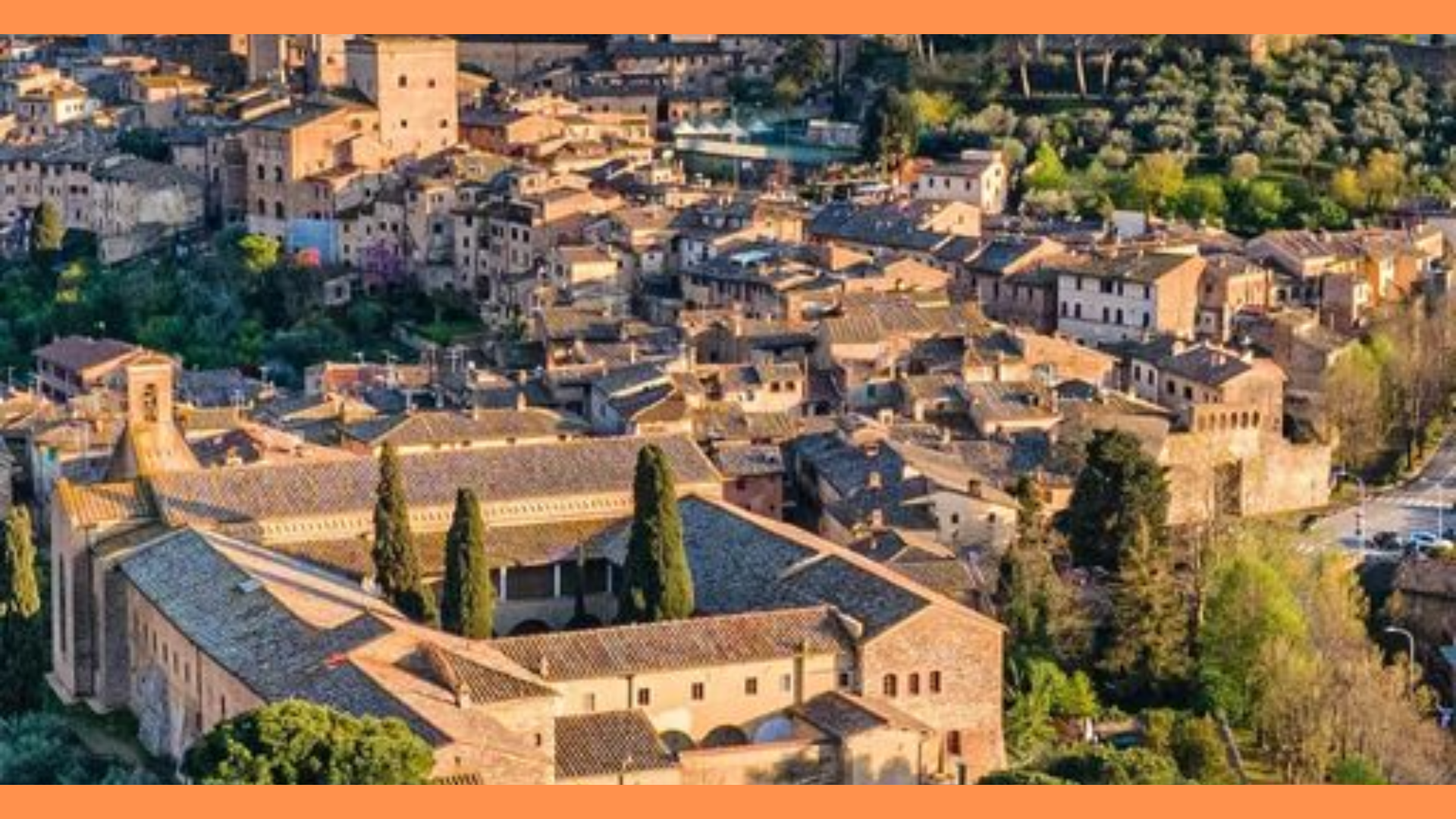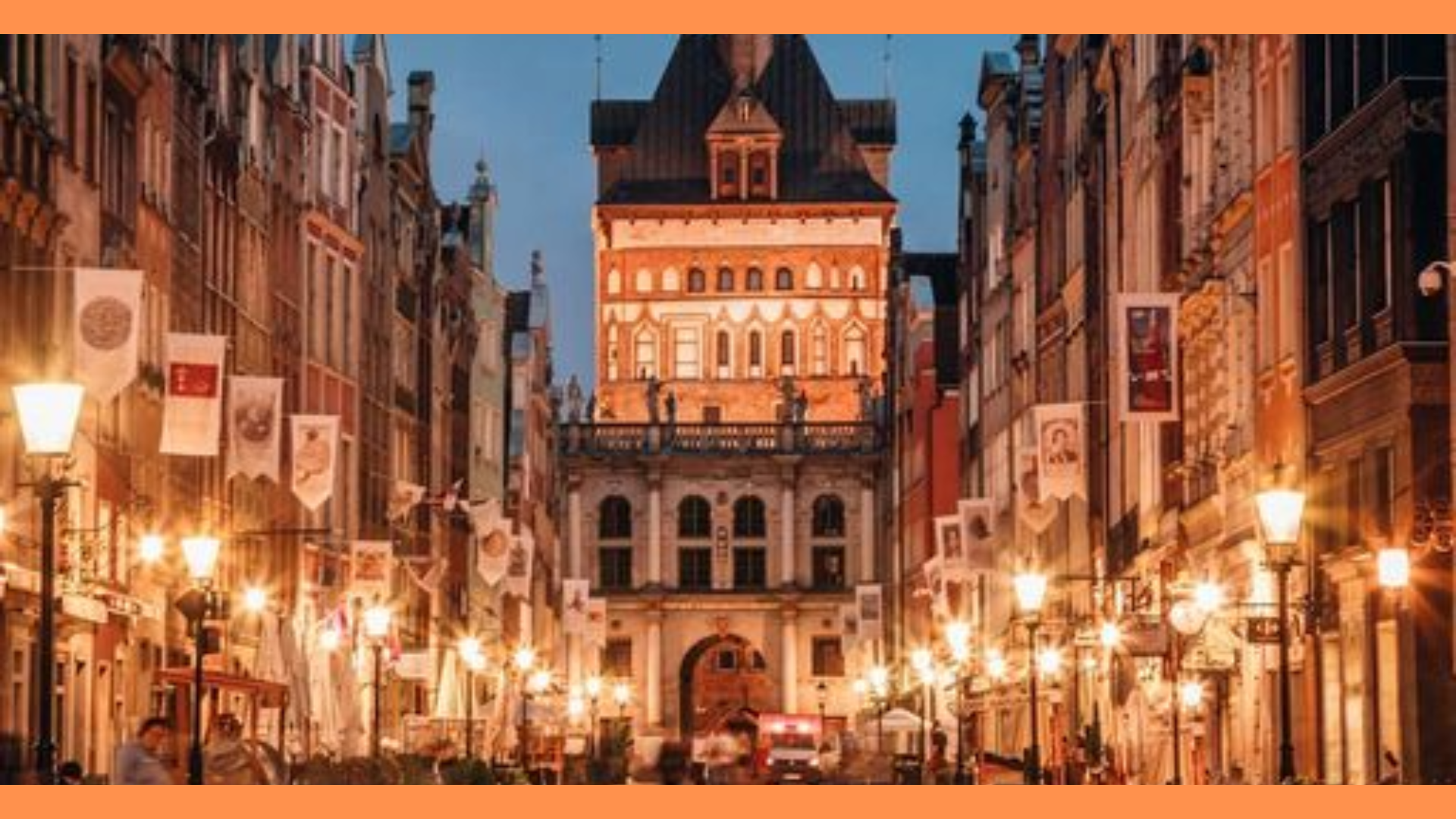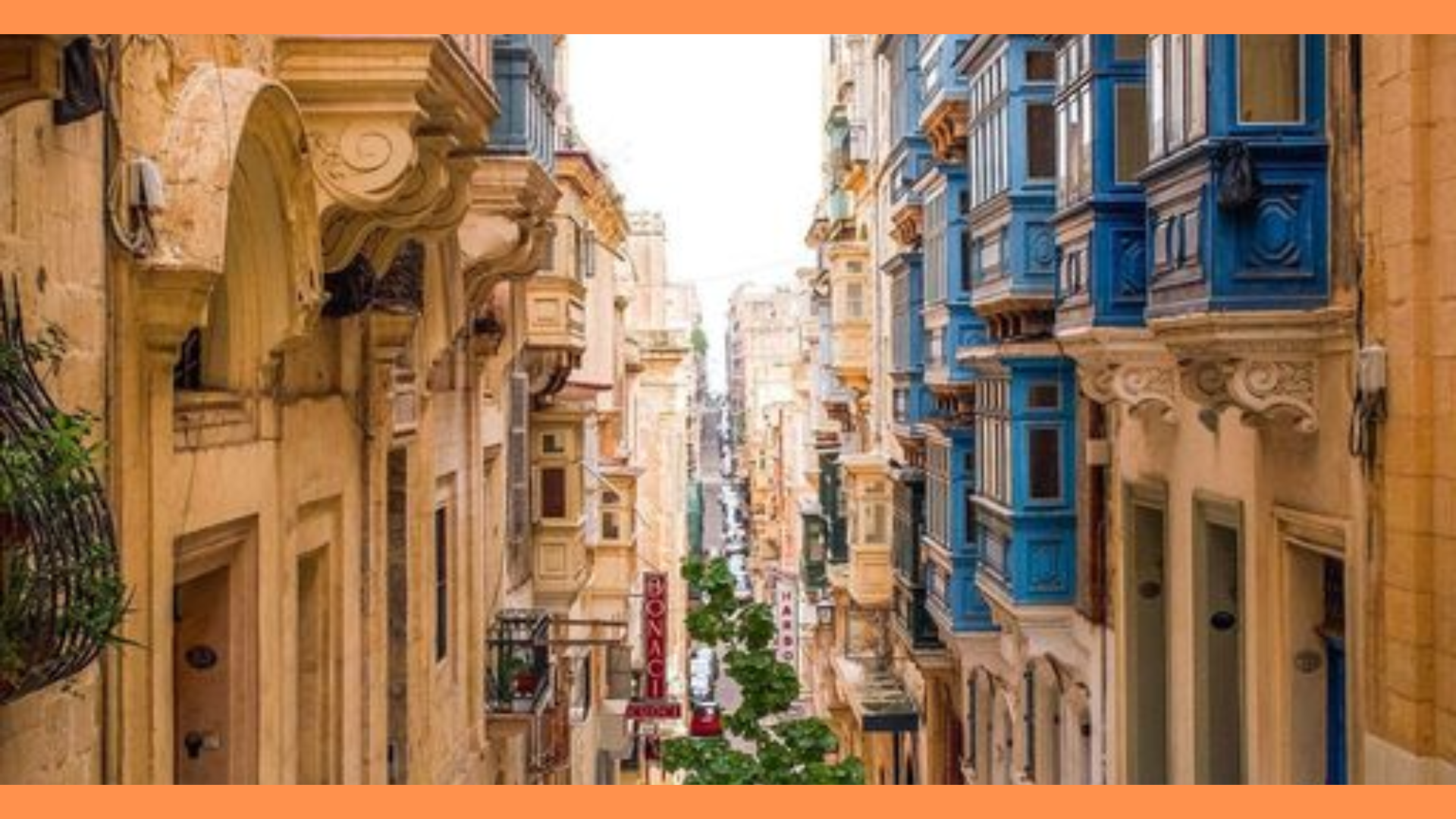Milan, the beating heart of Italy’s Lombardy region, seamlessly blends its storied past with contemporary charm. Known for its pivotal role in fashion, finance, and art, the city offers a rich tapestry of experiences from historical landmarks and exquisite cuisine to modern attractions and vibrant cultural activities.
This guide provides a comprehensive look at Milan’s must-see destinations, mouthwatering dishes, practical travel tips, and unique experiences to ensure an unforgettable visit.
1. Introduction
Milan, Italy’s fashion and financial capital, is a city that seamlessly blends historical grandeur with modern sophistication. Known for its high-end shopping, exquisite cuisine, and rich cultural heritage, Milan offers a plethora of experiences for every kind of traveler.
Whether you are an art enthusiast, a history buff, a food lover, or a fashionista, Milan has something to enchant you. This guide will provide an in-depth look at the best tourist destinations, delicious local dishes, practical travel tips, and unique experiences that will make your trip to Milan unforgettable.
2. Tourist Destinations
Milan’s attractions are a captivating mix of the old and the new. This section delves into the city’s historic and architectural sites, world-renowned art and cultural institutions, and modern attractions.
Discover the grandeur of the Duomo di Milano, the artistic treasures of the Pinacoteca di Brera, and the cutting-edge design of the Porta Nuova district, along with the serene green spaces of Parco Sempione and Giardini Pubblici Indro Montanelli.
2.1. Historic and Architectural Sites
2.1.1. Duomo di Milano (Milan Cathedral)
The Duomo di Milano is an architectural marvel and one of the largest cathedrals in the world. This Gothic masterpiece took nearly six centuries to complete and stands as a testament to Milan’s rich history and artistic prowess.
Visitors can explore its intricate façade, adorned with statues and spires, and the breathtaking interior featuring stunning stained glass windows and religious artworks. The rooftop offers panoramic views of the city, allowing visitors to admire Milan from a unique vantage point. Climbing to the top is an experience in itself, with close-up views of the intricate sculptures that adorn the cathedral.
2.1.2. Sforza Castle (Castello Sforzesco)
Sforza Castle, a formidable fortress that once housed the powerful Sforza family, is now a cultural hub housing several museums and art collections. The castle’s courtyards and gardens provide a serene escape from the bustling city. Inside, visitors can explore the Museo d’Arte Antica, the Egyptian Museum, and the Museum of Musical Instruments, among others.
One of the highlights is the Rondanini Pietà, Michelangelo’s last sculpture, which offers a poignant glimpse into the artist’s late style. The castle’s rich history and diverse exhibitions make it a must-visit for history and art enthusiasts.
2.2. Art and Culture
2.2.1. The Last Supper by Leonardo da Vinci
One of the most iconic artworks in the world, Leonardo da Vinci’s “The Last Supper,” is housed in the Convent of Santa Maria delle Grazie. This Renaissance masterpiece depicts the moment Jesus announces that one of his disciples will betray him.
Due to its fragile condition, visits are strictly controlled, and booking tickets well in advance is essential. Viewing “The Last Supper” is a deeply moving experience, offering a rare opportunity to see one of history’s greatest artworks up close.
2.2.2. Pinacoteca di Brera
The Pinacoteca di Brera is one of Italy’s most prestigious art galleries, featuring an impressive collection of Italian Renaissance and Baroque art. Highlights include works by Raphael, Caravaggio, and Titian.
The gallery is situated in the historic Brera district, known for its bohemian atmosphere and vibrant arts scene. A visit to the Pinacoteca di Brera provides an immersive experience of Italy’s rich artistic heritage, complemented by the charming surroundings of the Brera neighborhood.
2.3. Modern Attractions
2.3.1. Galleria Vittorio Emanuele II
Often referred to as “Milan’s living room,” the Galleria Vittorio Emanuele II is a stunning 19th-century shopping arcade. Its glass and iron roof, intricate mosaics, and grand architecture make it a sight to behold. The Galleria is home to some of the world’s most luxurious brands, as well as elegant cafes and restaurants.
It’s a perfect spot for shopping, dining, or simply people-watching in a historic setting. The Galleria also connects two of Milan’s main landmarks: the Duomo and La Scala opera house, making it a central point in the city’s cultural landscape.
2.3.2. Porta Nuova District
The Porta Nuova district is a testament to Milan’s modernity and innovative spirit. This revitalized area features cutting-edge architecture, including the Bosco Verticale (Vertical Forest) and the Unicredit Tower, Italy’s tallest building.
The district is a hub of business, shopping, and dining, offering a glimpse into Milan’s future. The blend of sustainable design and urban development in Porta Nuova highlights Milan’s commitment to combining tradition with innovation, making it a fascinating area to explore.
2.4. Parks and Gardens
2.4.1. Parco Sempione
Parco Sempione, located behind Sforza Castle, is Milan’s largest green space and a popular spot for relaxation and recreation. The park features walking paths, a picturesque lake, and numerous sculptures and monuments.
Key attractions within the park include the Arco della Pace (Arch of Peace) and the Torre Branca, a tower offering panoramic views of the city. Parco Sempione is an ideal place for a stroll, a picnic, or simply enjoying nature in the heart of Milan.
2.4.2. Giardini Pubblici Indro Montanelli
Giardini Pubblici Indro Montanelli, named after the famous Italian journalist, is a historic park located in the Porta Venezia district. Established in the 18th century, it features beautifully landscaped gardens, playgrounds, and the Natural History Museum of Milan. The park is family-friendly and offers a peaceful retreat from the urban hustle. Its blend of historical charm and modern amenities makes it a favorite among both locals and tourists.
3. Delicious Dishes
Milan’s culinary scene is a feast for the senses, blending traditional Milanese dishes with popular Italian favorites. This section highlights must-try local specialties such as Risotto alla Milanese and Ossobuco, alongside beloved Italian staples like Pizza Margherita and various pasta dishes. Also, explore the city’s sweet offerings, including the festive Panettone and creamy gelato, and where to savor these delights.
3.1. Traditional Milanese Cuisine
3.1.1. Risotto alla Milanese
Risotto alla Milanese is a classic dish that perfectly embodies Milanese cuisine. Made with Arborio rice, saffron, broth, and Parmesan cheese, this creamy and aromatic risotto is a culinary delight.
The saffron gives it a distinctive yellow color and a unique flavor. Many restaurants in Milan offer their take on this traditional dish, often pairing it with Ossobuco, another Milanese specialty. Sampling Risotto alla Milanese is a must for any food lover visiting the city.
3.1.2. Ossobuco
Ossobuco, which translates to “bone with a hole,” is a traditional Milanese dish of braised veal shanks cooked with white wine, broth, and vegetables. The marrow in the bone adds a rich flavor to the dish. It is typically served with Risotto alla Milanese or polenta, making for a hearty and satisfying meal. Many local trattorias and upscale restaurants serve this beloved dish, providing a taste of Milan’s culinary heritage.
3.2. Popular Italian Dishes
3.2.1. Pizza Margherita
While pizza originated in Naples, Milan boasts some excellent pizzerias that serve authentic Pizza Margherita. This simple yet delicious pizza features a thin crust topped with tomato sauce, mozzarella cheese, and fresh basil.
The quality of the ingredients is key, and Milan’s pizzerias often use the best produce to create this classic dish. Enjoying a Pizza Margherita in a traditional Italian setting is a delightful experience that shouldn’t be missed.
3.2.2. Pasta Dishes
Pasta is a staple of Italian cuisine, and Milan offers a wide variety of delicious pasta dishes. Popular choices include Tagliatelle al Ragù (similar to Bolognese), Spaghetti alla Carbonara, and Pesto Genovese.
Milan’s restaurants and trattorias serve pasta made with fresh, high-quality ingredients, ensuring an authentic taste. Whether you prefer a simple aglio e olio or a more elaborate seafood pasta, you’ll find plenty of options to satisfy your cravings.
3.3. Desserts and Sweets
3.3.1. Panettone
Panettone is a traditional Milanese sweet bread enjoyed during the Christmas season. This dome-shaped cake is studded with candied fruits and raisins, offering a delightful combination of flavors and textures. Panettone can be found in bakeries and specialty stores throughout Milan, especially during the holiday season. Sampling this festive treat is a must, and it’s also a great souvenir to take home.
3.3.2. Gelato
Italy is famous for its gelato, and Milan is home to some of the best gelaterias in the country. Gelato comes in a wide range of flavors, from classic options like chocolate and vanilla to more adventurous ones like pistachio and stracciatella. Unlike ice cream, gelato has a denser texture and more intense flavor. Visiting a gelateria and indulging in a scoop (or two) of gelato is a quintessentially Italian experience.
4. Practical Tips
To make the most of your Milanese adventure, practical knowledge is key. This section offers essential tips on travel and accommodation, the best times to visit, and useful language advice. Learn about Milan’s transportation options, ideal neighborhoods for staying, and key Italian phrases that will enhance your interactions and overall experience in the city.
4.1. Travel and Accommodation
4.1.1. Getting There
Milan is well-connected by air, rail, and road. The city has three major airports: Malpensa, Linate, and Orio al Serio (Bergamo). Malpensa is the largest and serves as the main international gateway.
Linate is closer to the city center and primarily handles domestic and European flights. Orio al Serio is popular with low-cost carriers. Milan’s central train station, Milano Centrale, connects the city to other major Italian and European cities. Local transportation options include an efficient metro system, buses, trams, and taxis.
4.1.2. Where to Stay
Milan offers a wide range of accommodation options to suit different budgets and preferences. Centro Storico (Historic Center) is ideal for those wanting to be close to major attractions like the Duomo and Galleria Vittorio Emanuele II.
For a more upscale experience, the Brera district offers boutique hotels and charming streets filled with cafes and galleries. Navigli is known for its vibrant nightlife and canal-side bars, making it a great choice for younger travelers. Budget-conscious visitors can find affordable options in neighborhoods like Città Studi and Porta Romana.
4.2. Best Time to Visit
4.2.1. Weather Considerations
The best time to visit Milan is during the spring (April to June) and fall (September to October) when the weather is mild and pleasant. These months offer comfortable temperatures for sightseeing and outdoor activities. Summer (July and August) can be hot and humid, with temperatures often exceeding 30°C (86°F). Winter (November to February) is colder and can be rainy, but it’s also the best time to enjoy the festive atmosphere and holiday markets.
4.2.2. Festivals and Events
Milan hosts several festivals and events throughout the year, adding to its vibrant cultural scene. Milan Fashion Week is held twice a year (February/March and September/October) and attracts fashion enthusiasts from around the world. The Salone del Mobile (Milan Furniture Fair) in April is a major event for design and architecture. Oh, Bej! Oh, Bej! is a traditional Christmas market held in December, offering a festive atmosphere and local crafts. These events provide unique opportunities to experience Milan’s creative and cultural energy.
4.3. Language and Communication
4.3.1. Basic Italian Phrases
While many Milanese speak English, learning a few basic Italian phrases can enhance your travel experience and show respect for the local culture. Common phrases include:
Buongiorno (Good morning)
Buonasera (Good evening)
Grazie (Thank you)
Per favore (Please)
Dov’è… (Where is…)
4.3.2. English Proficiency
English is widely spoken in tourist areas, hotels, restaurants, and shops in Milan. However, in more local or residential areas, English proficiency may be limited. It’s helpful to have a translation app or a basic Italian phrasebook on hand to assist with communication when needed. Most signs and menus in tourist areas are also available in English, making navigation and ordering food relatively easy for English-speaking visitors.
5. Experiences and Activities
Milan is brimming with unique activities and experiences that cater to a wide range of interests. This section covers the city’s premier shopping districts, insightful guided tours, and cultural experiences like attending an opera at La Scala and engaging in workshops and classes.
It also highlights outdoor activities such as biking and walking tours, as well as day trips to nearby attractions, ensuring that every moment in Milan is filled with discovery and enjoyment.
5.1. Shopping
5.1.1. Fashion District (Quadrilatero della Moda)
Milan is renowned as a global fashion capital, and the Fashion District (Quadrilatero della Moda) is at the heart of this reputation. This upscale area is bordered by Via Montenapoleone, Via della Spiga, Via Sant’Andrea, and Via Manzoni.
It is home to high-end designer stores such as Prada, Gucci, Versace, and Armani. Window shopping in this district is an experience in itself, with stunning displays and cutting-edge fashion. For those looking to splurge, the Fashion District offers the latest in luxury apparel and accessories.
5.1.2. Local Markets
Milan’s local markets offer a more eclectic shopping experience. Mercato Centrale in the central train station is a bustling food market featuring local delicacies, fresh produce, and artisanal products. Fiera di Sinigaglia is a popular flea market held on Saturdays along the Naviglio Grande, offering vintage clothes, antiques, and quirky collectibles. These markets provide a vibrant atmosphere and a chance to find unique souvenirs and local goods.
5.2. Guided Tours
5.2.1. Historical and Architectural Tours
Exploring Milan through a guided historical and architectural tour can provide deeper insights into the city’s rich past and architectural wonders. Many tours cover key sites such as the Duomo, Sforza Castle, and the historic streets of the Brera district. Knowledgeable guides share fascinating stories and details that bring Milan’s history to life, making these tours both educational and enjoyable.
5.2.2. Food and Wine Tours
Milan’s culinary scene is best experienced through a food and wine tour. These tours often include visits to local markets, historic cafes, and renowned restaurants. Participants can sample traditional dishes, local wines, and delicious desserts while learning about the city’s food culture and history.
Some tours also offer cooking classes, where visitors can learn to make authentic Italian dishes themselves. These tours provide a delightful and immersive way to experience Milan’s gastronomy.
5.3. Cultural Experiences
5.3.1. Opera at La Scala
Teatro alla Scala, one of the most famous opera houses in the world, offers an unforgettable cultural experience. Attending an opera or ballet performance here is a highlight for many visitors. The opulent interiors and world-class acoustics make it a special venue. Tickets can be purchased online or at the box office, and it’s advisable to book well in advance, especially for popular performances.
5.3.2. Workshops and Classes
Participating in workshops and classes is a great way to engage with Milan’s cultural scene. Options include cooking classes, art workshops, and fashion design courses. These hands-on experiences allow visitors to learn new skills and gain a deeper appreciation for Milan’s artistic and culinary traditions. Many workshops are taught by local experts, providing an authentic and immersive learning experience.
5.4. Outdoor Activities
5.4.1. Biking and Walking Tours
Milan’s compact size and flat terrain make it ideal for biking and walking tours. Several companies offer guided bike tours that cover major attractions and hidden gems. Walking tours, especially in areas like the historic center and Navigli, provide a leisurely way to explore the city’s charming streets and picturesque canals. These tours offer a more intimate perspective on Milan’s neighborhoods and local life.
5.4.2. Day Trips
Milan’s strategic location makes it an excellent base for day trips to nearby destinations. Lake Como, with its stunning scenery and elegant villas, is just an hour away by train. The medieval city of Bergamo offers historic architecture and beautiful views from its hilltop Città Alta. Cremona, known for its violin-making tradition, is another fascinating day trip option. These excursions allow visitors to experience the diverse attractions of the Lombardy region.
By exploring its historic sites, savoring its delicious dishes, and participating in unique activities, you’ll gain a deeper appreciation for this dynamic and multifaceted city. With practical tips and insights provided in this guide, you’re well-equipped to make the most of your visit to Milan, ensuring a journey filled with discovery and delight.
